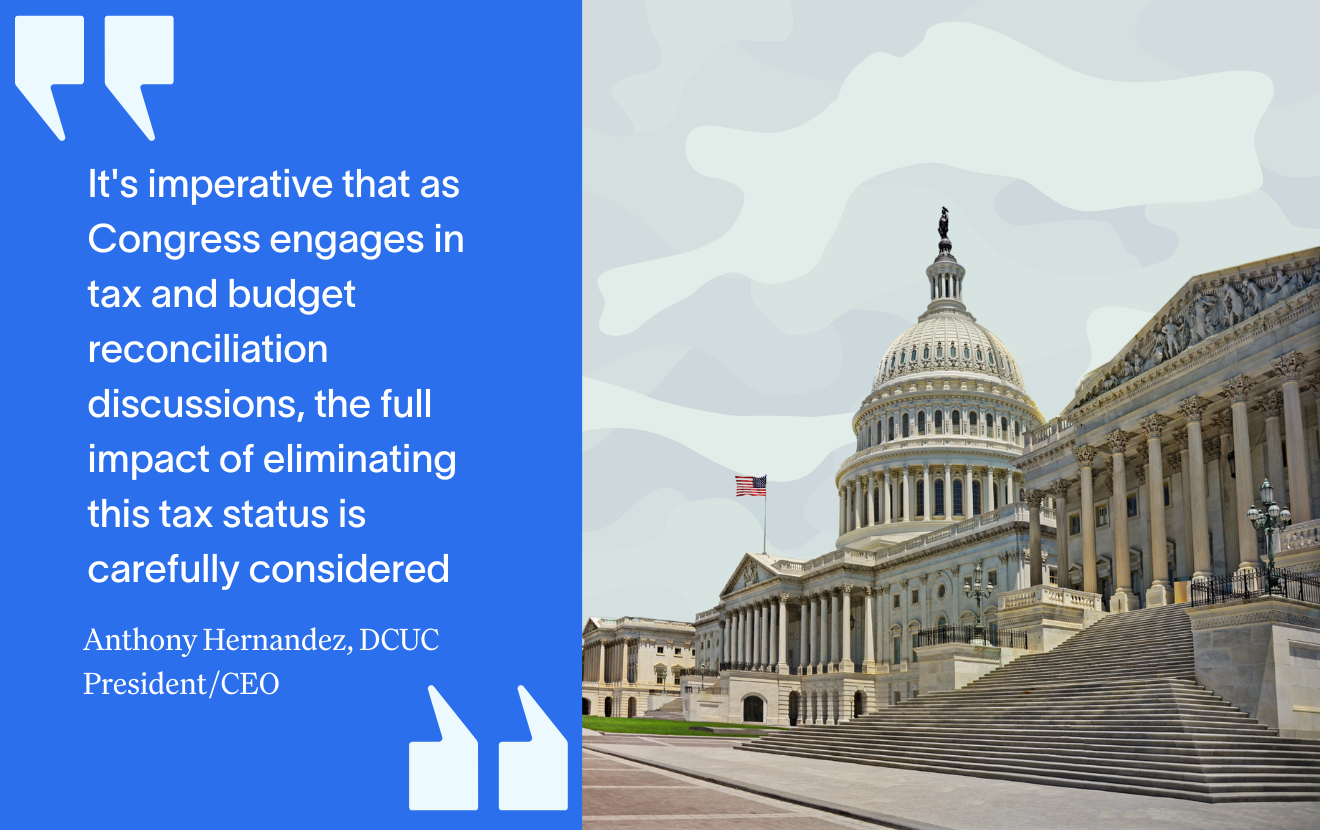Small businesses, much like local financial institutions, are heavily invested in the communities they serve. Their success is dependent on local customers. And these businesses often look to their local bank or credit union to help them pay, get paid, and grow their business. Ultimately, their success is your success, so we want to help you better understand the challenges, opportunities, and themes surrounding small businesses in 2023.
A changing world sparks new business
While we’ve seen a historically high rate of small business formation since the middle of 20201, it’s important to recognize the trials and resiliency of small businesses throughout the pandemic and the looming challenges (and opportunities) ahead.
Overcoming challenges
With the arrival of the pandemic, small businesses encountered many issues, including supply chain disruptions, low inventories, a tight labor market, and inflation at levels that had not been seen in over four decades. However, most small businesses managed to weather these well. In fact, as of November 2022, 62% of those surveyed in our annual Small Business Pulse projected revenue growth. Eight in 10 conveyed their business’ financial situation as at least good, and 67% of the emotions felt by the surveyed small business leaders or owners were positive.2
But small businesses are still being kept up at night with concerns about cash flow management and economic stability. In fact, as we look toward a possible recession in 2023, those fears are mounting. The changes in capital markets, including high borrowing costs and tighter lending standards, high labor costs due to the tight labor market, and profit margin compression because of lower consumer demand and spending, pose real challenges to success in 2023.
During the pandemic, services were not widely available, leading consumers to spend more on goods.3 In the face of a possible recession, spending habits appear to be rebalancing, with growth in services spending outpacing that of goods spending.
This equals more revenue for service-oriented small businesses but also leads to elevated service prices for both consumers and goods-oriented businesses. We expect the demand for services to remain stronger than the demand for goods in the foreseeable future. In the near term, this means that service prices will be higher than goods. In the long term, this will mean more growth opportunities for service-oriented small businesses than goods-oriented small businesses.
How can you support the small businesses in your community?
Costs for small businesses are up — in terms of both borrowing costs and labor. Job losses and slower wage growth will likely lead to lower consumer demand and profit margins. In these tough times, small businesses may need additional access to capital and will often look to their local bank or credit union to help them find financial products to help them succeed. But not all small business clients are the same, and spending is cyclical. The key is understanding your business clients and being flexible to address their different needs.
1 U.S. Department of Commerce Retail Sales Report
2Small Business Pulse, November 2022
3U.S. Department of Commerce








